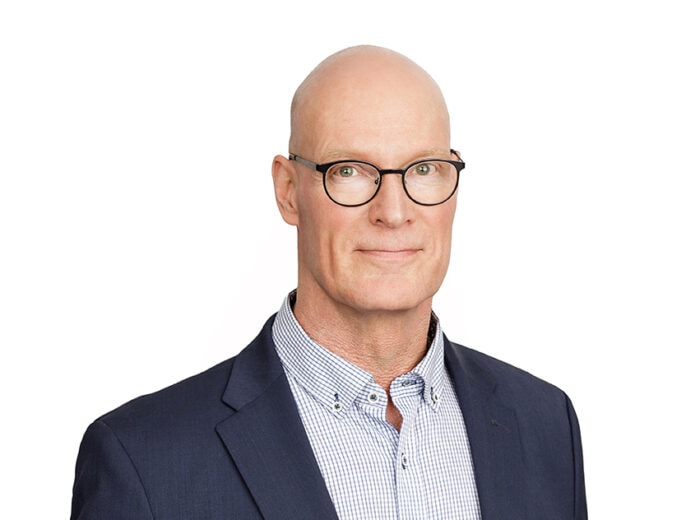HUS Pharmacy Director Kerstin Carlsson reveals the process of national price negotiation of hospital-only medicinal products and its objectives and challenges.
The price negotiations of hospital-only medicinal products are fairly unknown to many. Director of HUS Pharmacy Kerstin Carlsson illustrates in this article the process and experiences received so far.
University hospitals have authorised HUS Pharmacy to be responsible for the national price negotiations of hospital-only medicinal products. Turku University Hospital (Tyks) region remains outside national procurement due to administrative reasons but has the possibility to utilise the result of the national price negotiation.
National price negotiations cover hospital-only medicinal products that have received conditional recommendation from the Council for Choices in Health Care in Finland (COHERE Finland). A conditional recommendation means that COHERE supports the introduction of a product from a therapeutic perspective if the price of the product can be made more affordable.
Negotiations in good understanding
In practice, after a conditional recommendation from COHERE, HUS Pharmacy contacts the pharmaceutical company and launches the price negotiations. Due to Covid-19, negotiations have been held online. Carlsson thinks remote negotiations will continue regardless of the pandemic situation.
– It is easy to invite participants to remote negotiations also from elsewhere in Europe.
Normally, there are several rounds of negotiations. Negotiations continue until one notes that the company can no longer lower the price. According to Carlsson, it is important for a company to show that they are serious and bring significant solution proposals to the table.
– There is no point in auctioning; one should rather progress smoothly. Price negotiations are confidential, and we are obviously aware of the realities of the pharmaceutical market. Finland is a challenging medicinal market from several perspectives, and it is important for Finland to remain an attractive medicinal market despite the small size and special language.
Carlsson tells that the national price negotiation processes completed so far have been conducted in good understanding with the pharmaceutical industry.
Answers to COHERE’s questions
According to Carlsson, it is important for a company to aim to respond to the questions that are brought up in COHERE’s proposals. Fimea’s and COHERE’s assessments are important in producing knowledge in the price negotiation process. They indicate the therapeutic value of the medicinal product, what causes the conditionality of the recommendation and help provide tips on how to make the price more affordable.
After the negotiations between HUS Pharmacy and the pharmaceutical company, a price proposal is provided to the national medicine advisory board. The national medicine advisory board consists of chief physicians of university hospitals. The board either approves or rejects the proposal. In principle the same product is not included in the negotiation process a second time. According to Carlsson, the objective is that a proposal that cannot be accepted would not be taken to the national medicine advisory board. The national medicine advisory board makes, however, its decisions independently.
First agreements in spring 2022
The initiation of national price negotiations was decided already in autumn 2020. However, it has taken longer than originally expected to launch the operation. For example, the first meeting of the national medicine advisory board, which is essential for the progression of the process, was only held in February this year. Covid-19 slowed down the selection of the members to the advisory board and the launch of the operation.
There were five medicinal products involved in the first round of negotiations. Agreements on the price and introduction of the first medicinal products passing the negotiation process were made spring this year.
According to Kerstin Carlsson, the objective of the national price negotiation is to avoid parallel work due to separate procurement circles. In addition, the aim is to ensure equality for patients and payers as the same medicinal product is used at the same price in the entire country.
– The current process is super important because it can safeguard the latest pharmacotherapy for patients with affordable price for the society. Pharmacotherapies develop really fast and new cell and gene therapy products enter the market. They are targeted at small patient groups and are very expensive. The assessment and price negotiations of these products are challenging and require a lot of expertise.
Slowness is a challenge of the process
The challenge of the process, according to Carlsson, is its slowness. Slowness is accentuated in the first round, because issues need to be decided and agreed on for the first time.
Some of the slowness relates to procurement issues. For example, after a decision is made by the medicine advisory board, direct procurement decision needs, according to the Procurement Act, to be open in Hilma for two weeks. The agreement can only be concluded after this.



